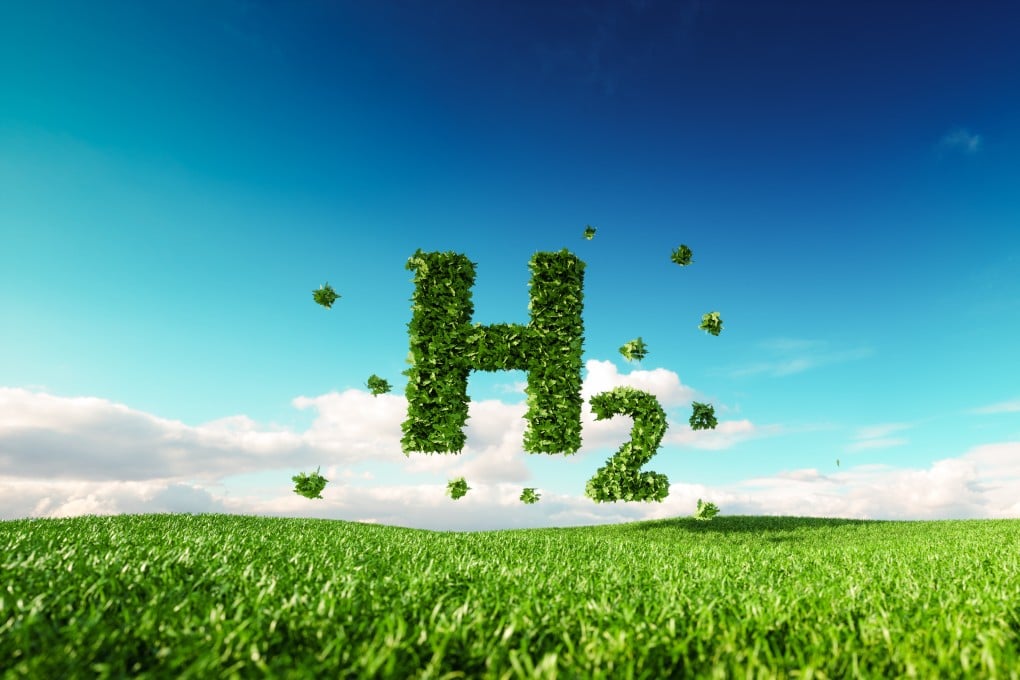Asia-Pacific has potential to lead on development of global hydrogen energy ecosystem if companies cooperate, say analysts
- The Asia-Pacific region has the scope and potential to become a hydrogen superpower, said analysts
- China is already the world’s largest hydrogen producer and consumer due to its rapidly expanding renewables capacity

The Asia-Pacific region has the potential to become the world’s next hydrogen superpower and countries there need to work together to scale up, according to hydrogen industry analysts.
“Hydrogen is almost like the democratisation of energy,” Michael Jones, director of business development and technology at Fortune Oil, a Hong Kong-based oil and gas supplier, said at the Post’s Asia Sustainability Conference in Hong Kong on Tuesday.
“It can be made through so many routes, from renewables like solar and wind, etc … Different countries will make different solutions, but with that, you are not dependent on a few regions like we are today in the fossil-based economy,” he said.
Hydrogen fuel is a zero-carbon fuel burned with oxygen, provided that it can be created in a process that does not involve carbon. It can be used in fuel cells or internal combustion engines. Hydrogen can be produced from a variety of domestic resources, such as natural gas, nuclear power, biomass, and renewable power like solar and wind.
Under the global net-zero drive to move away from reliance on fossil fuels and search for cleaner energy options, more Asia-Pacific countries have turned their attention to hydrogen as an energy source. China this March introduced its first long-term plan for developing a national hydrogen economy for the 2021-2035 period.